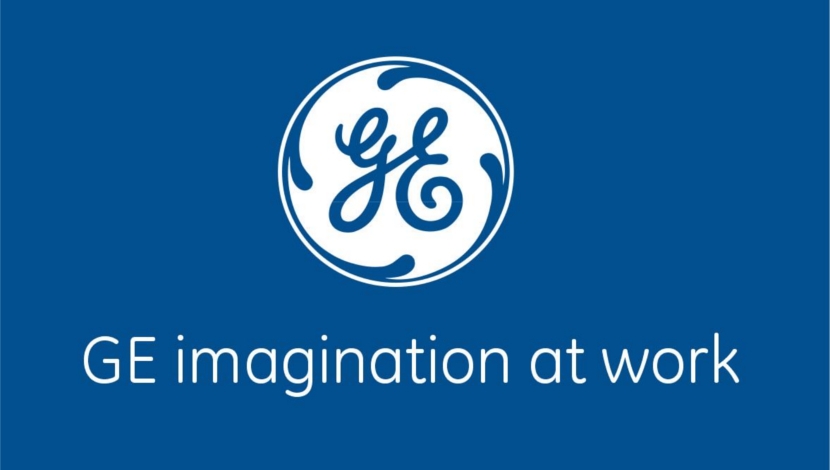

The Afrimat Construction Index (ACI) declined marginally in the second quarter of 2017.
The ACI is a composite index of the level of activity within the building and construction sectors, compiled by economist Dr Roelof Botha.
According to Botha, the index was impacted by low levels of business and consumer confidence during the second quarter of the year.
Confidence levels were mainly influenced by a series of political shocks, including major changes to the executive leadership at National Treasury and the fiscal threat posed by losses at a number of State-owned enterprises.
Botha adds that policy uncertainty is acting as a constraint to the expansion of productive capacity in the economy.
Durable consumption expenditure by households also continues to decline, in real terms.
Despite these and other well-publicised obstacles to construction activity and the economy in general, the ACI only declined marginally in the second quarter of 2017, says Botha.
After reaching an eight-quarter high of 127 in the fourth quarter of last year, the ACI has now declined for two successive quarters to reach a level of 117 in the second quarter of 2017.
However, the construction sector remains on a stronger footing than seven years ago, with the ACI having expanded by 17.7% since the third quarter of 2010 (the base period) – almost 50% higher than the rate of growth of the economy as a whole over this period (in real terms).
Botha says the composite index provides a balanced and realistic view of activity in the construction sector as it evens out the contradictory trends and conditions often portrayed by the individual components that comprise the index.
The ACI is calculated from nine different constituent indicators, including the FNB Bureau for Economic Research building confidence index.
Formal employment in the industry also took a knock between April and June 2017.
Botha believes that the tide may be turning for construction activity.
Botha also points out that the South African economy expanded by more than 1% during the first half of the year, the first time growth of this order has occurred since the beginning of 2015.
“Construction sector output is traditionally a lagged indicator of overall economic activity. Prospects are likely to improve into the second half of the year, as the country’s gross domestic product starts to build momentum on the back of higher world growth, lower interest rates and the recovery of several key export commodities.”
While activity in the construction sector has tightened, the sector remains attractive for companies such as Afrimat, being well diversified, nimble and positioned to work on medium to small projects, says Afrimat CEO Andries van Heerden.
Looking ahead to December, when the ANC elects its new president, Van Heerden believes that any negative news is already priced into the market, while he questions whether the industry is sufficiently geared up to deal with the positive effects “of any good news”.





